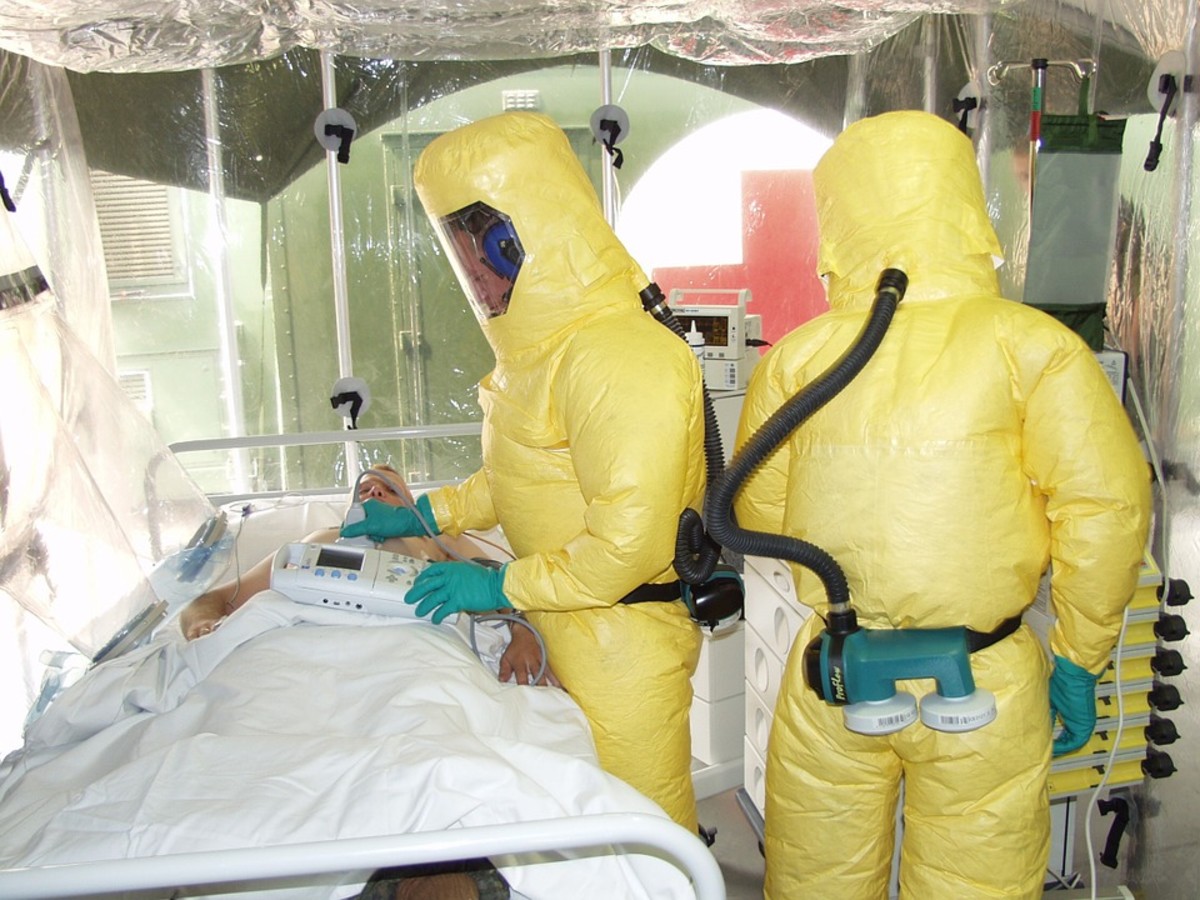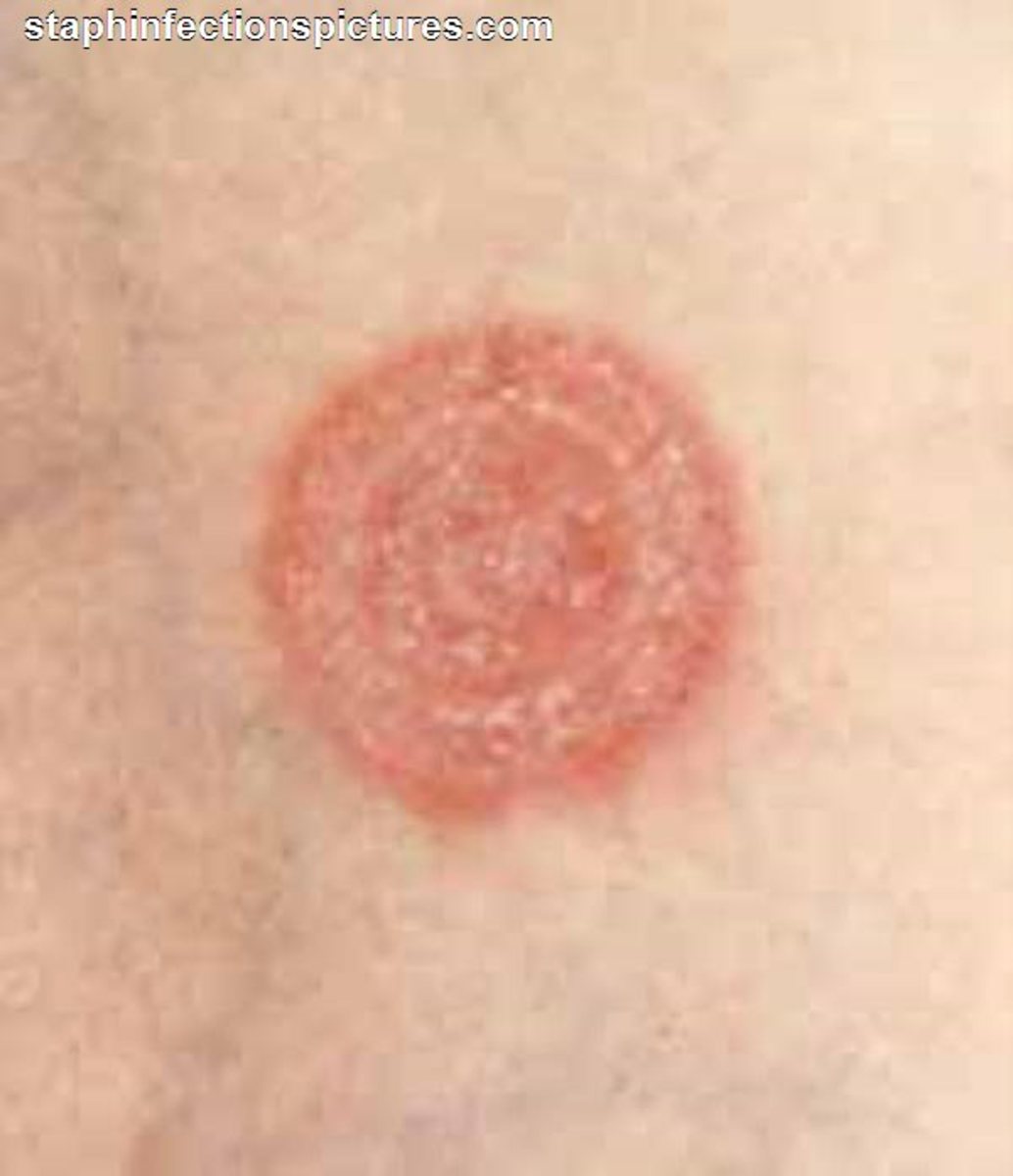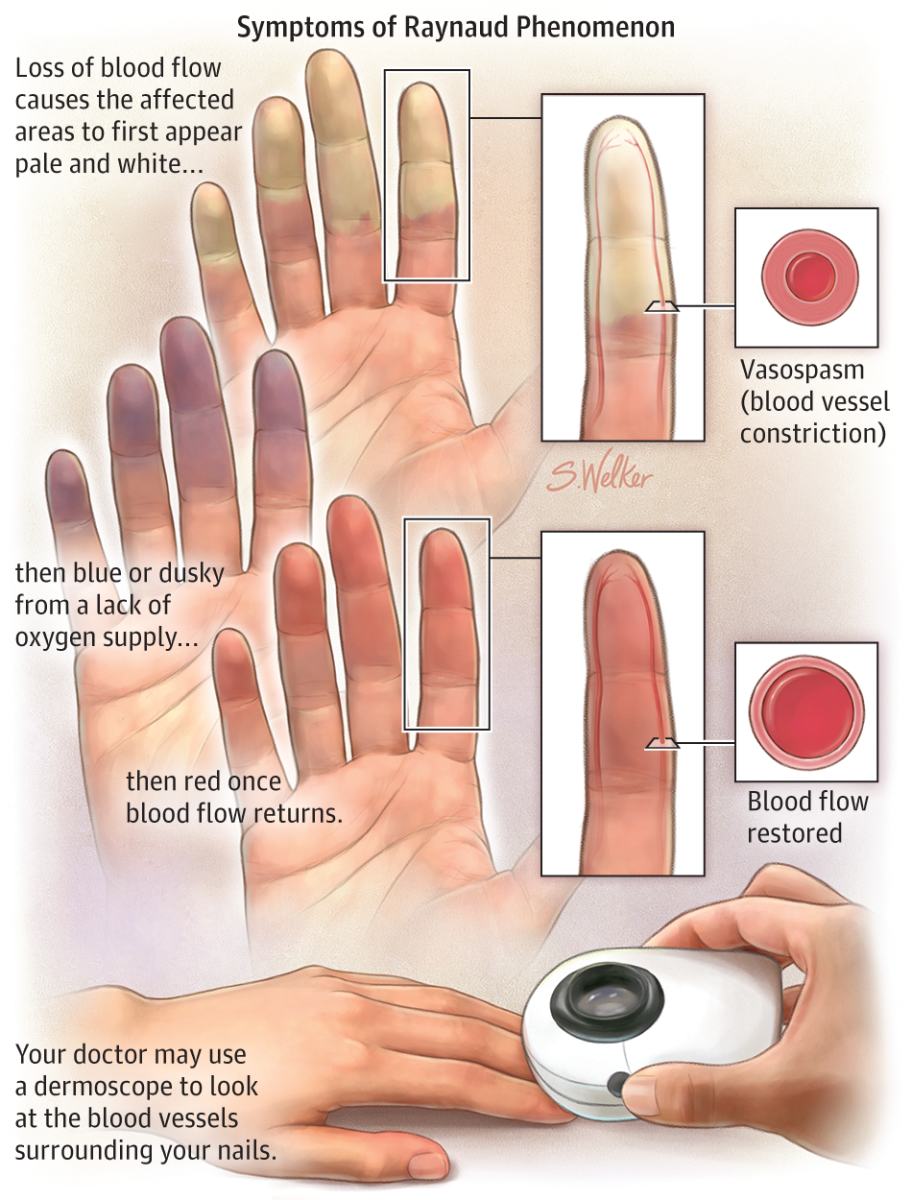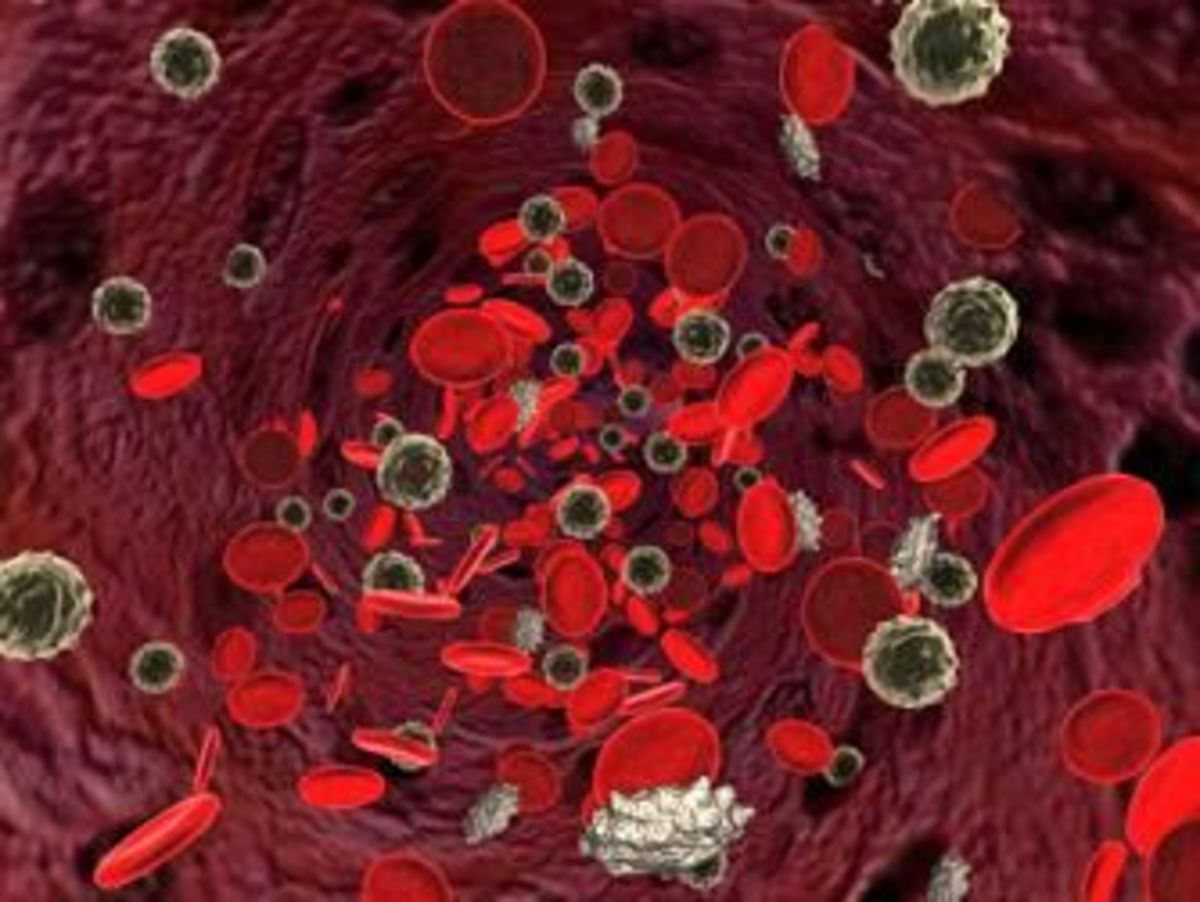How to Tell if You have Swine Flu
The 2009 outbreak of Swine Flu has created a sense of alarm in many people which started to fear the potential insurgence of a pandemic. Precautionary measures were taken both in Mexico and the Unites States to prevent this disease from spreading. This was accomplished by cancelling sporting events in Mexico, the use of special protective masks and a general avoidance strategy so to keep people away from social gatherings where the virus thrives to reproduce. However, in order to efficiently keep a contagious disease at bay, it is essential for both physicians and patients to be correctly educated about the key symptoms of this disease.
Swine Flu is a viral infection which has shown the capability of spreading from human to human, therefore, in order to be infected one individual must be in close contact to another individual affected by the disease. The method of transmission does not differ from any ordinary flu: all it takes is breathing airborne particles released from a sneeze or a cough or getting in contact with contaminated surfaces which were previously touched by somebody infected.
Symptoms of Swine Flu very closely resemble those of an ordinary flu, they therefore encompass the following symptoms:
Coughing
Sneezing
Ocular and Nasal Discharge
Sore Throat
Fever
Shivering
Body Aches
Lack of Appetite
Nausea and Vomiting
Diarrhea
Headache
Lethargy
Death
The symptoms may be much more relevant in those with an already compromised immune system. These individuals are those that are more likely to become critical and require hospitalization. Those with a healthy immune system very likely recover uneventfully and resume to a normal life after the flu has run its course.
So how to know if somebody has caught Swine Flu or is just exhibiting a normal flu? Special attention is given to those individuals who have had a recent history of traveling to Mexico or who have been nearby ''hot spots'' where there have been reported cases. If a case of Swine flu is suspected, proper diagnosis is obtained by having the patient undergo a nasopharyngeal swab test, which is then sent to a laboratory for testing and proper identification using a microscope.
Infected people are recommended to stay at home and limit their contact with others. Normal flu medication from the local pharmacy may be helpful for relief. More persistent cases may require prescription drugs such as Tamiflu and Relenza.
Recognizing the symptoms of Swine Flu is very important as this ultimately will also help contain the disease. If you suspect you have Swine Flu and have been in close contact with other people, consult with your doctor at once so to begin proper treatment. Once diagnosed, please be considerate and stay at home until the flu has run its course so to prevent the disease from spreading.
Disclaimer; the above article is not to be used as a diagnostic tool nor asa substitute for medical advice. If you are not feeling well, please report to your physician or to the closest emergency center.
You do not need to be exposed to pigs to contract swine flu










